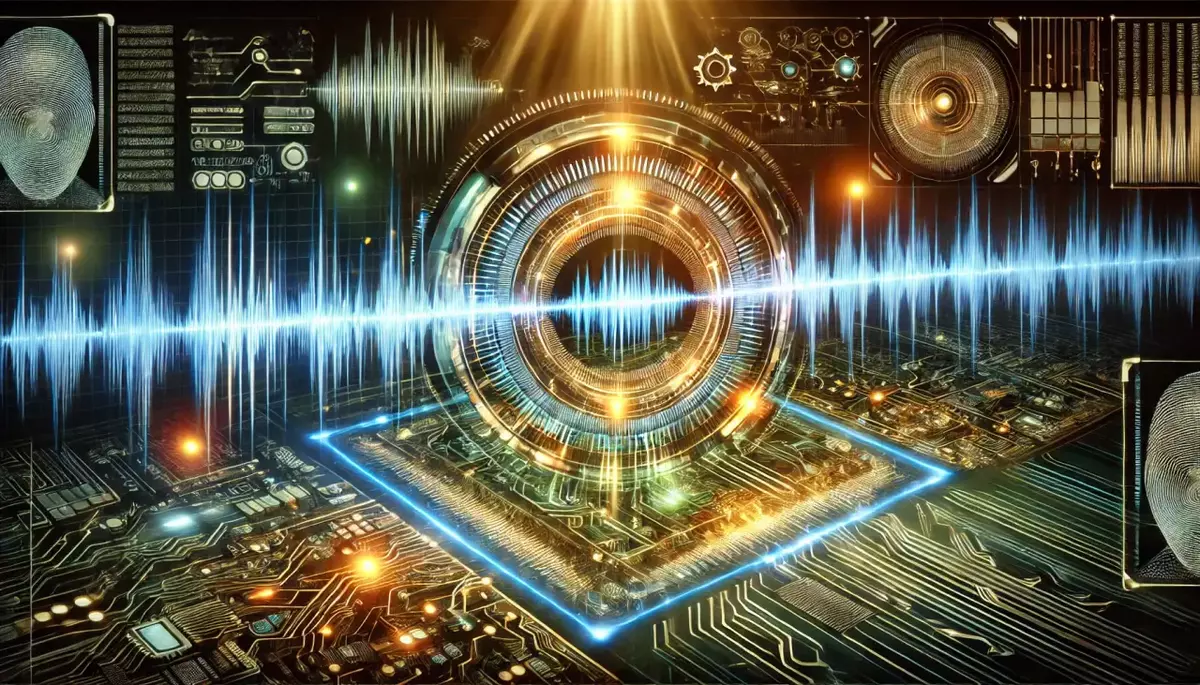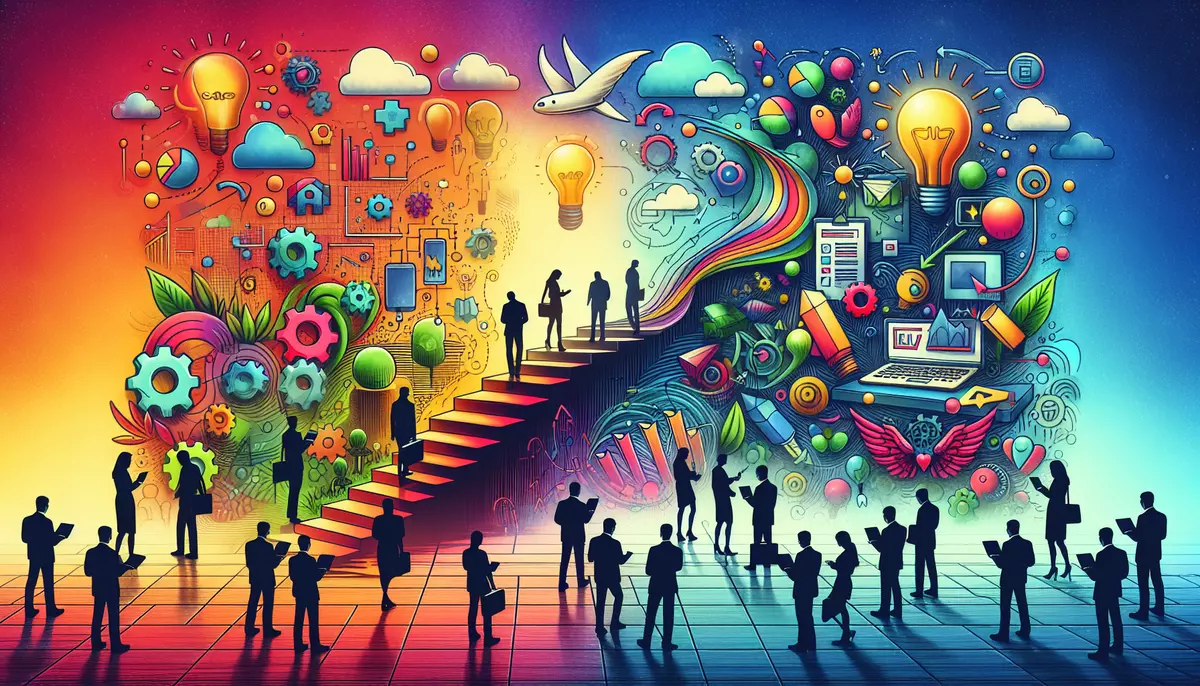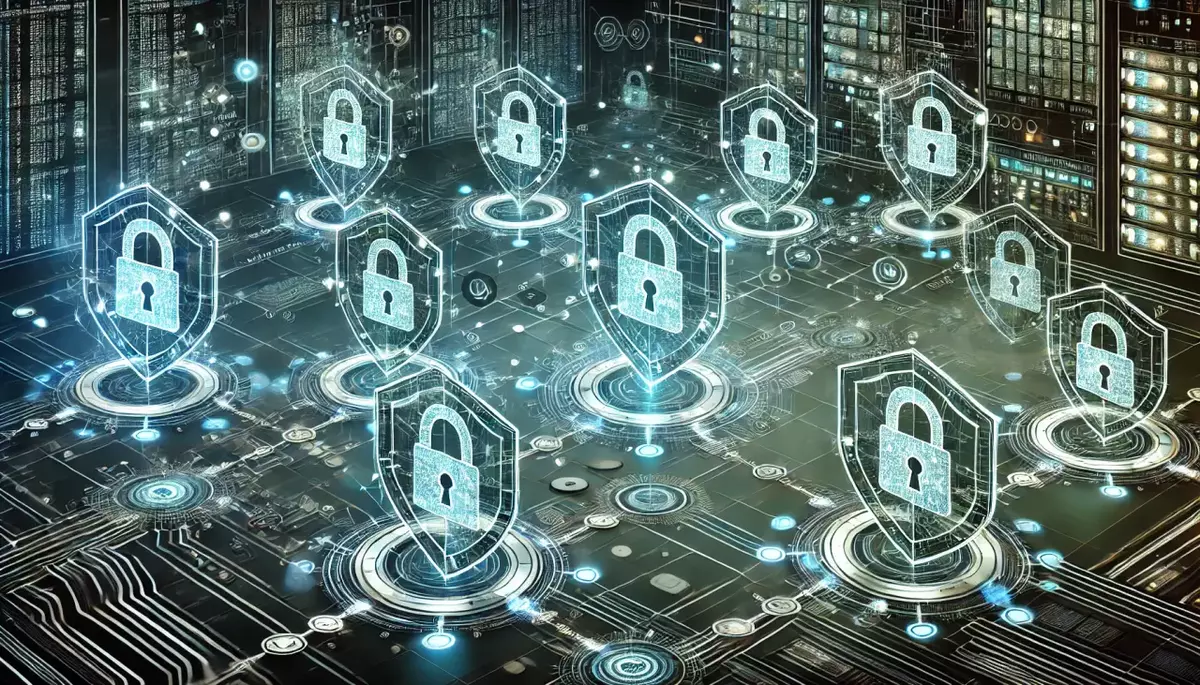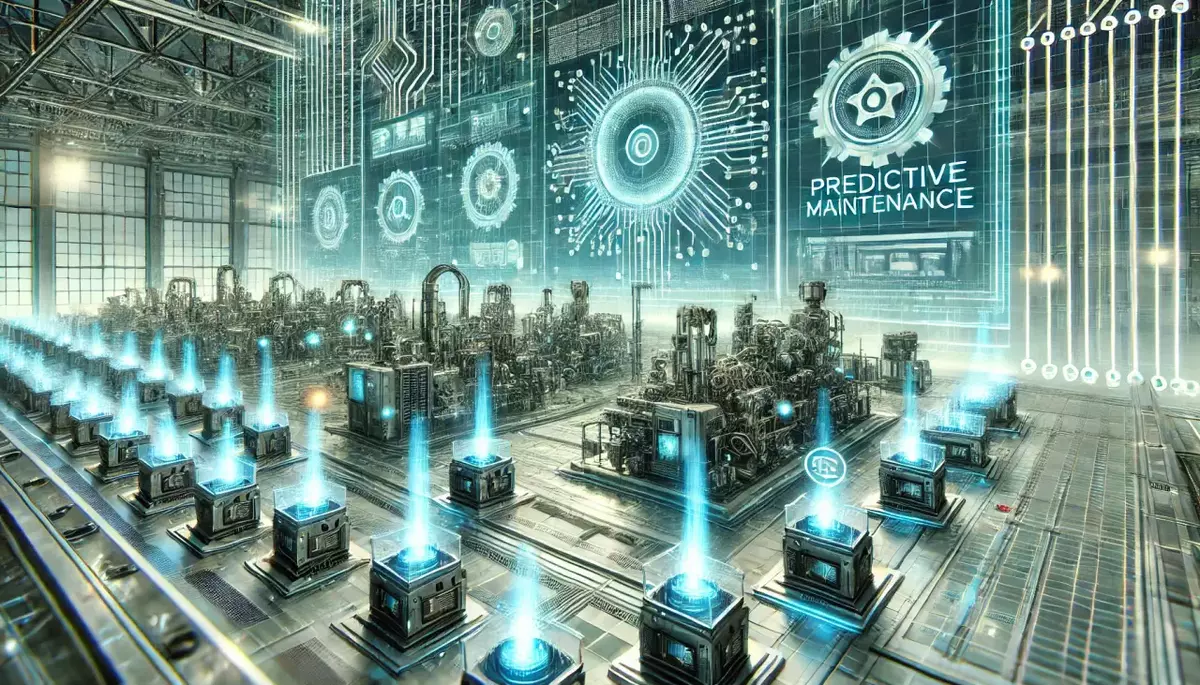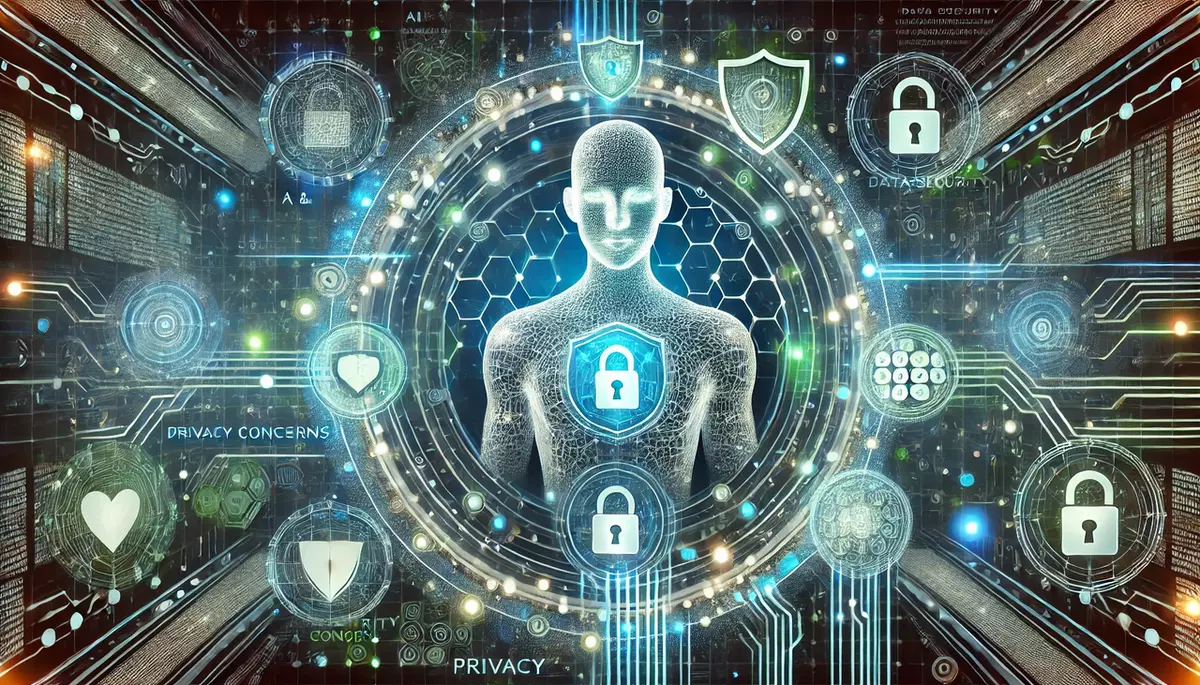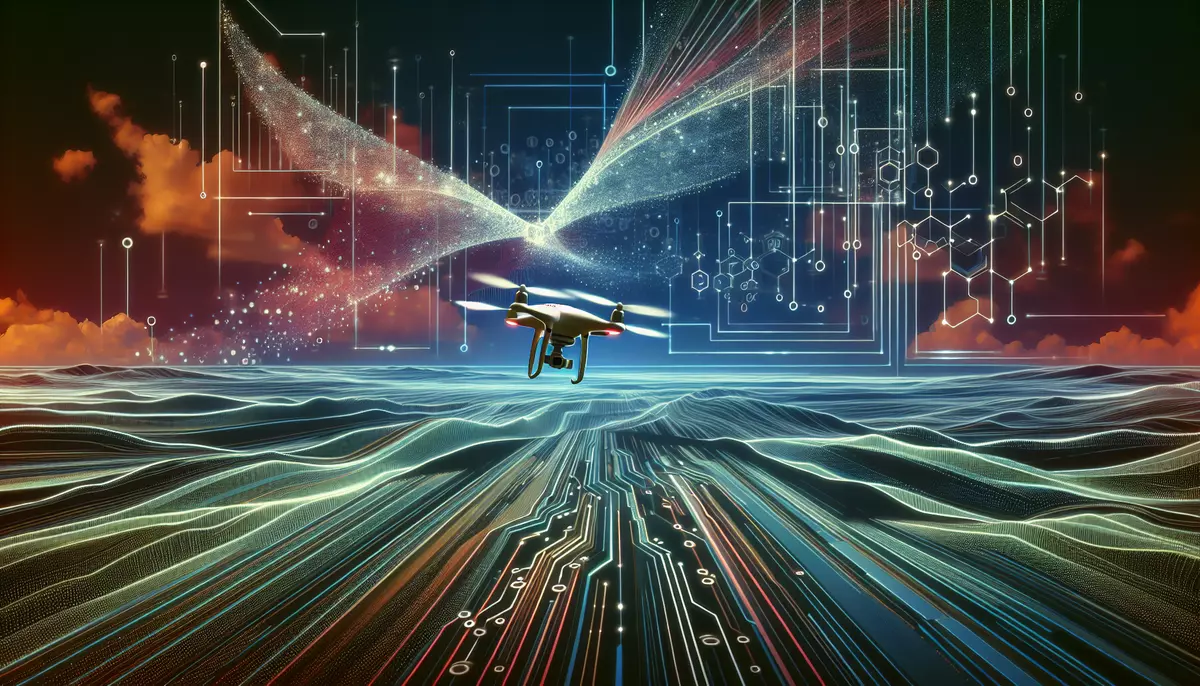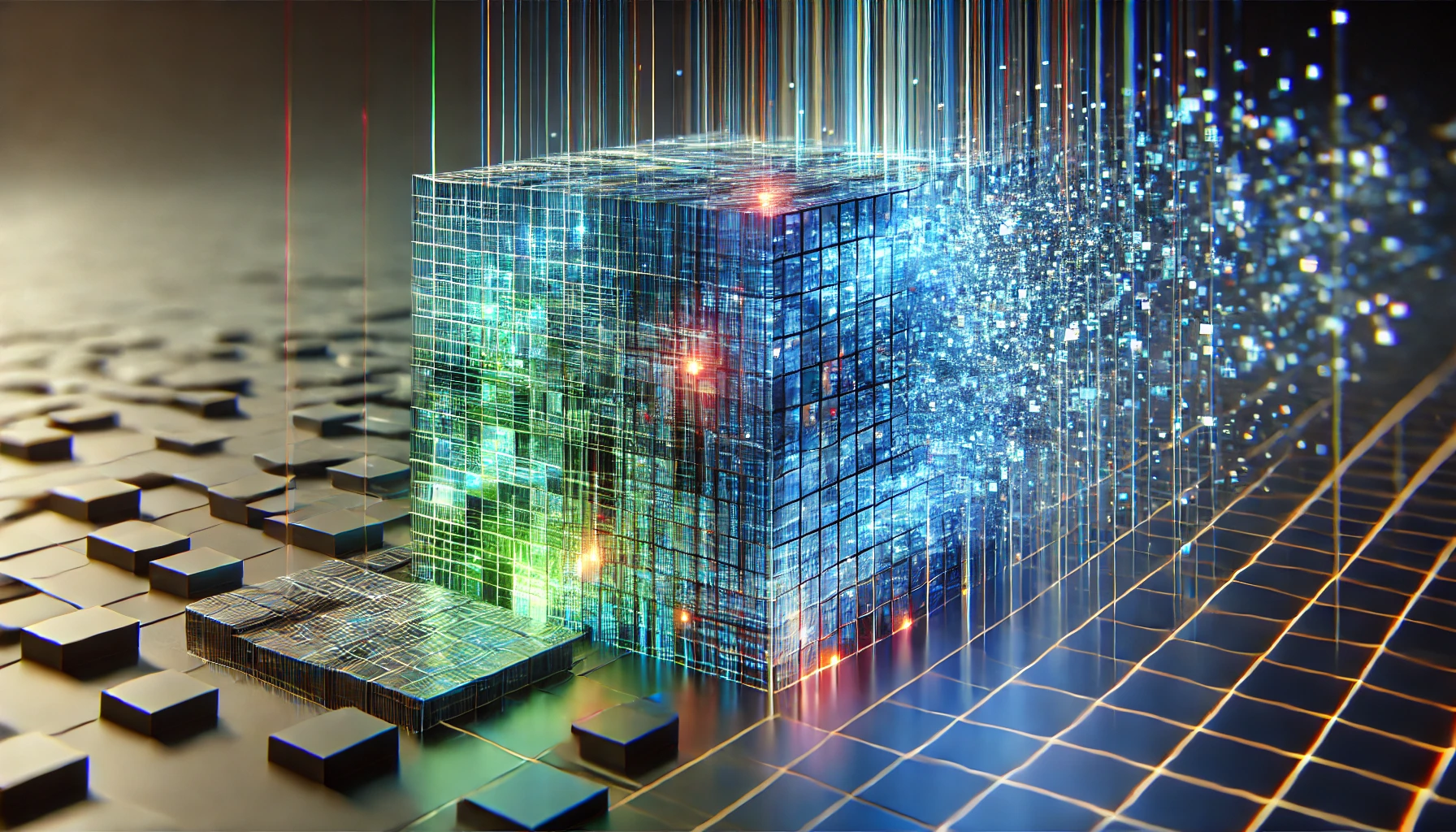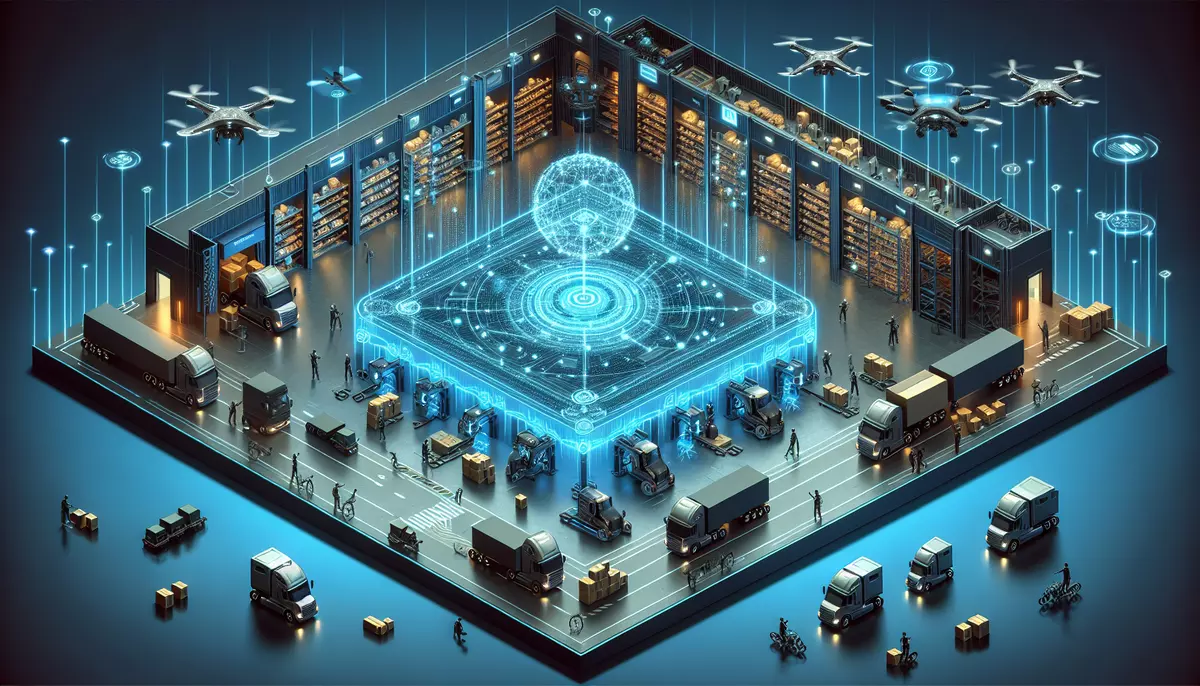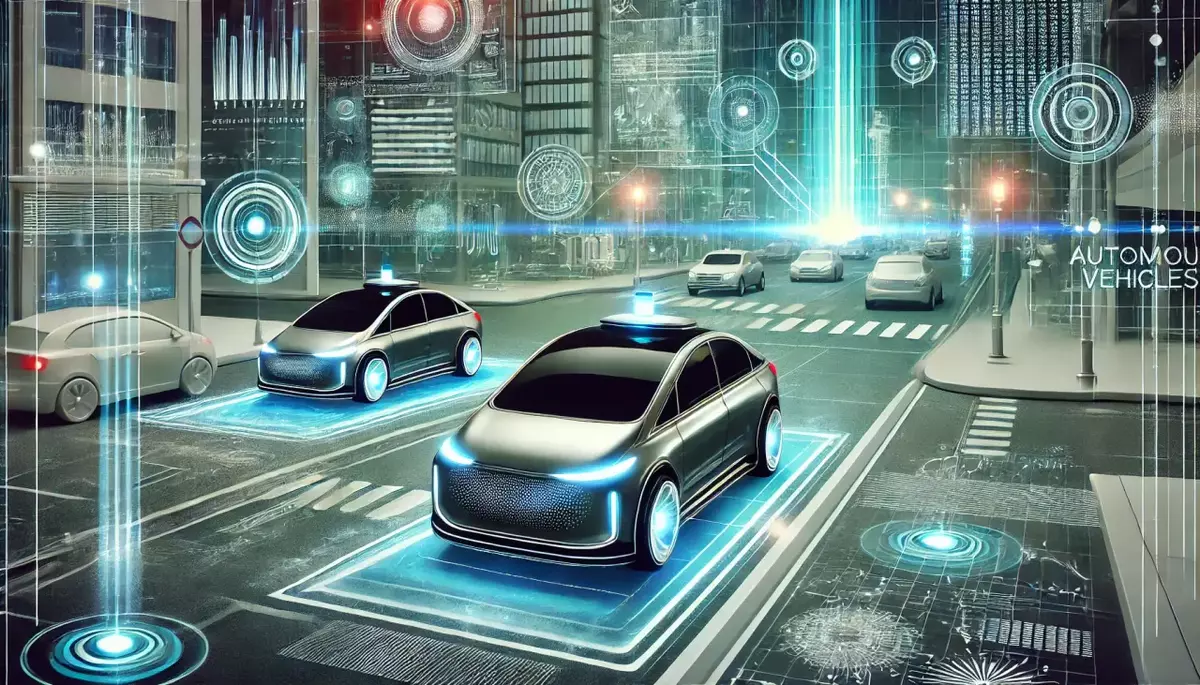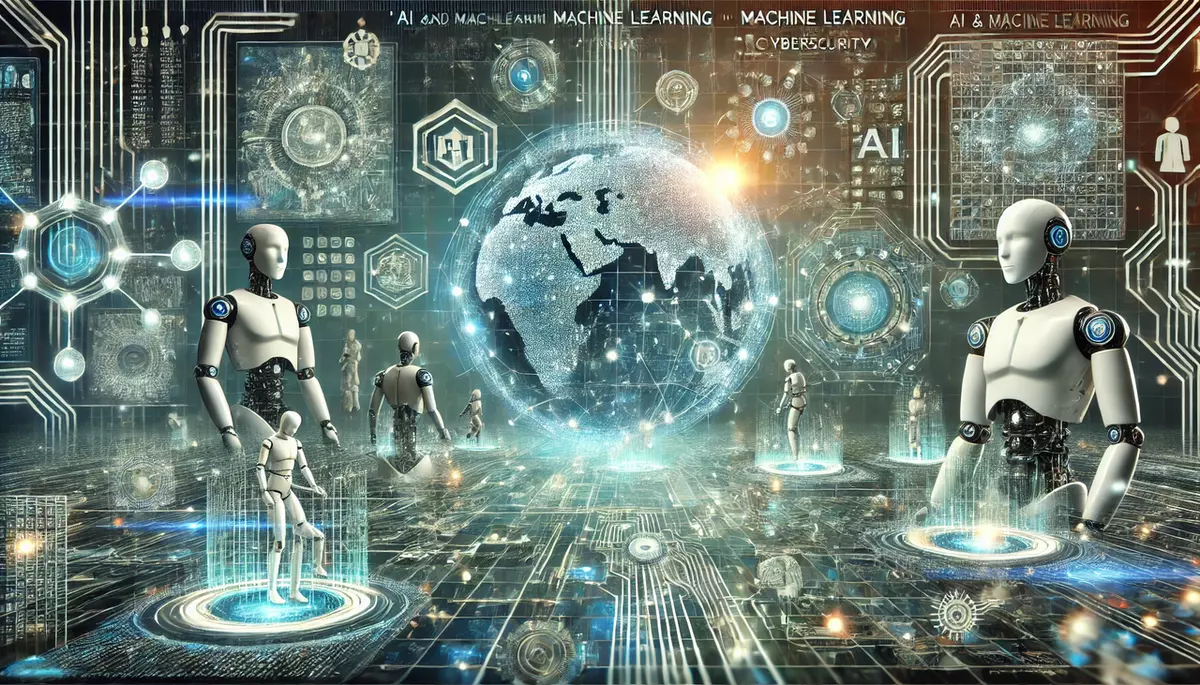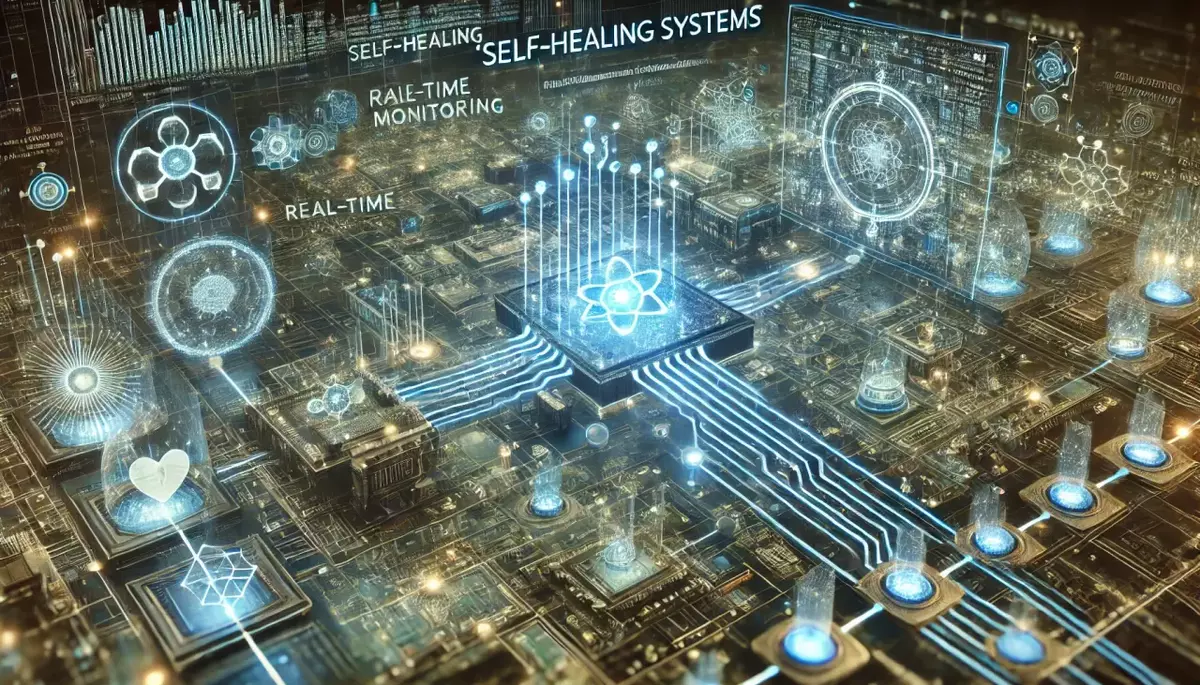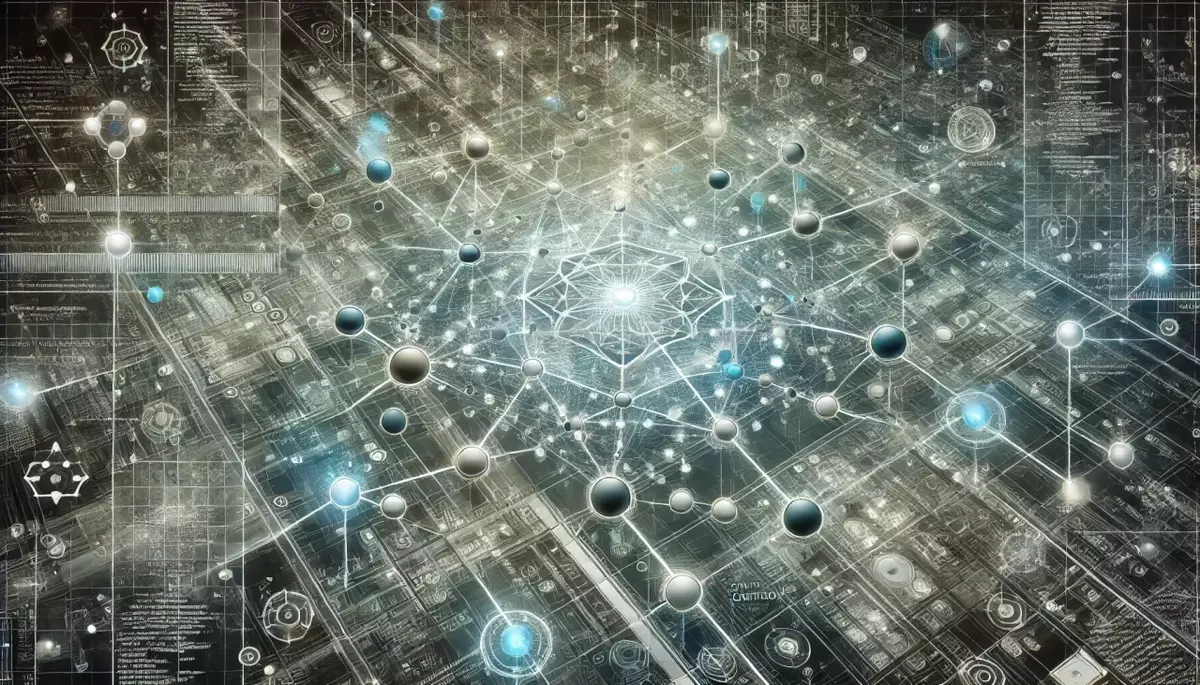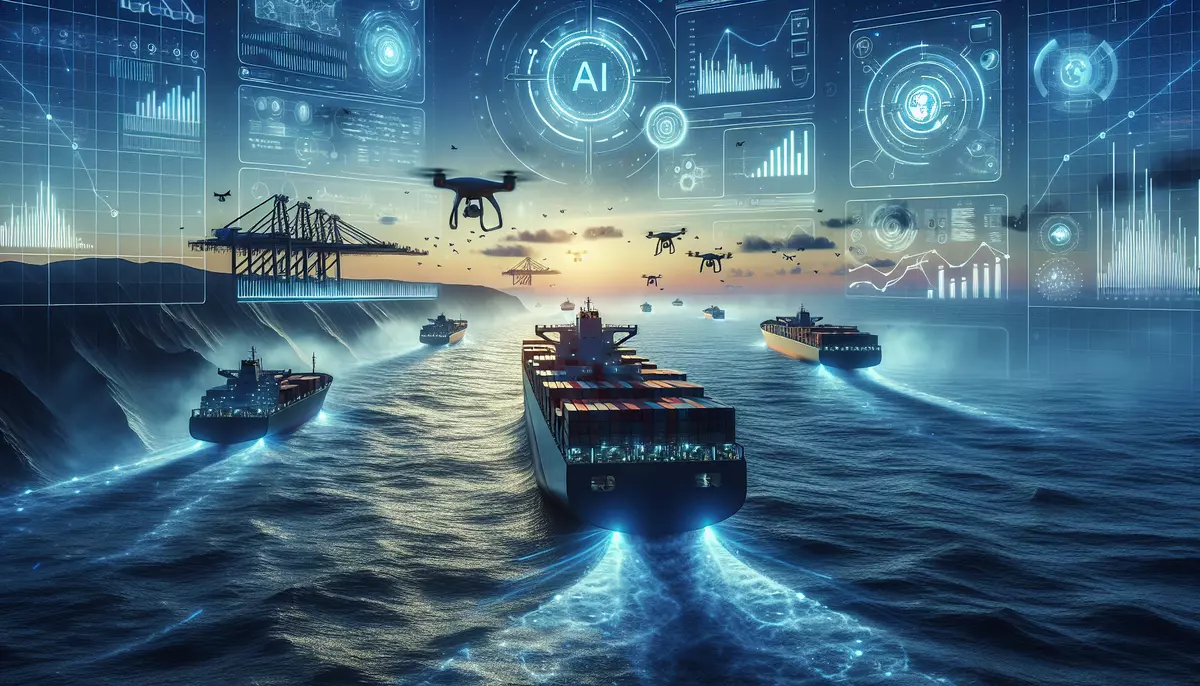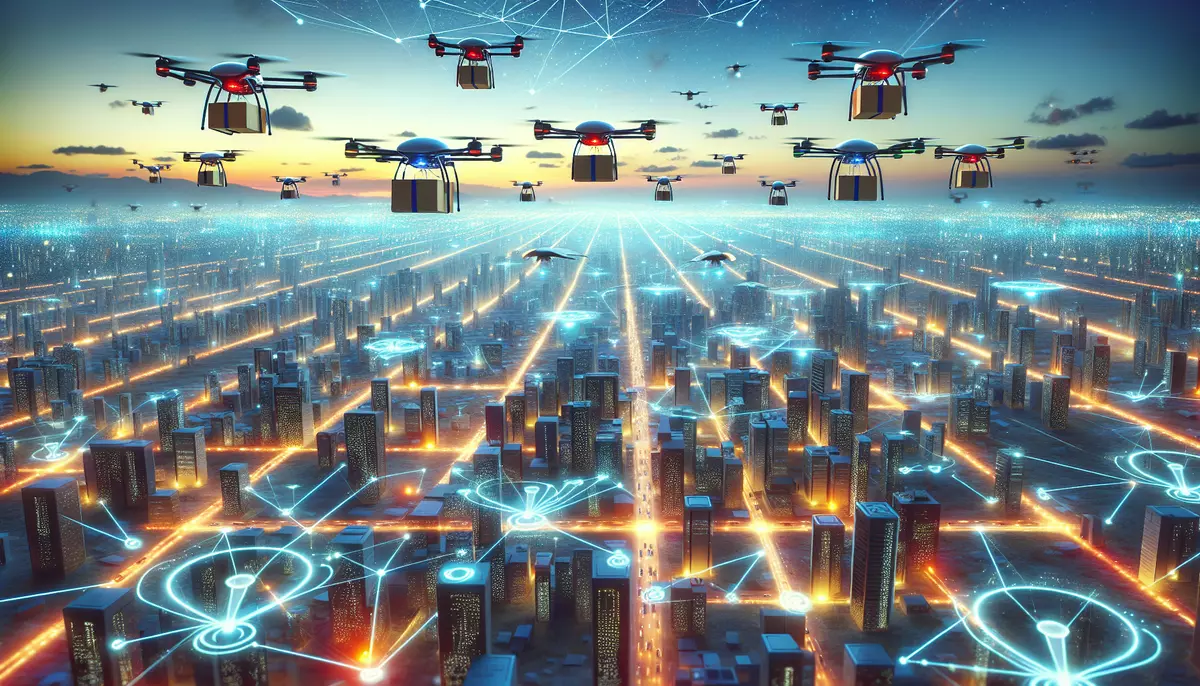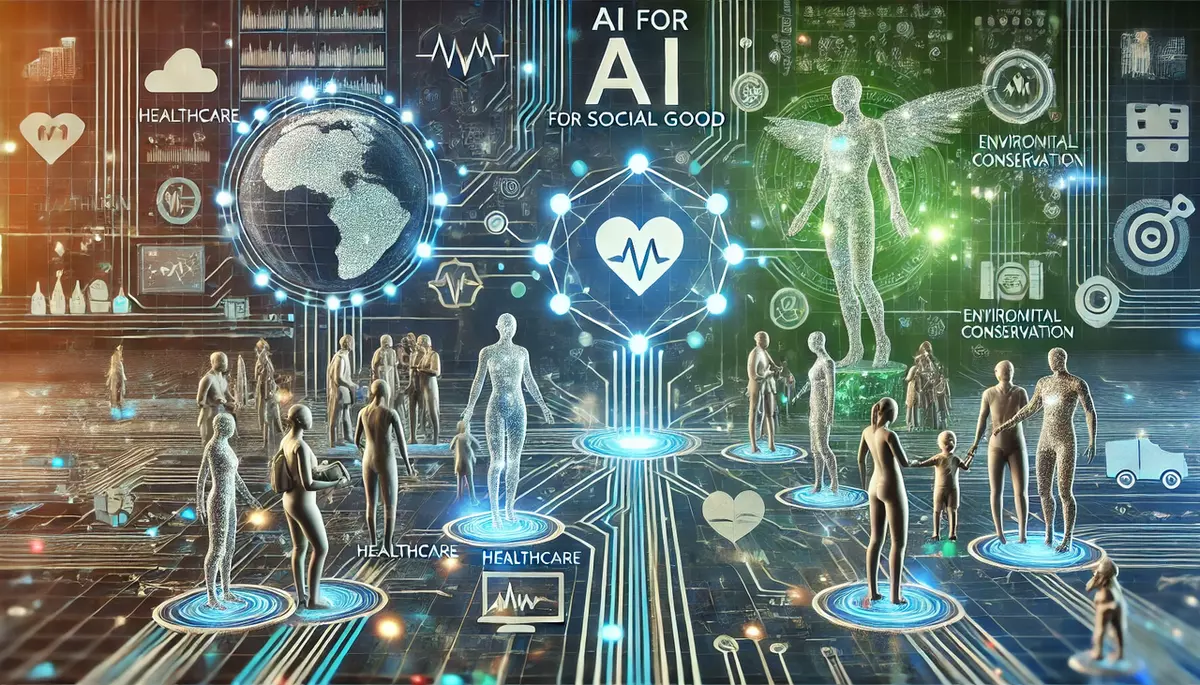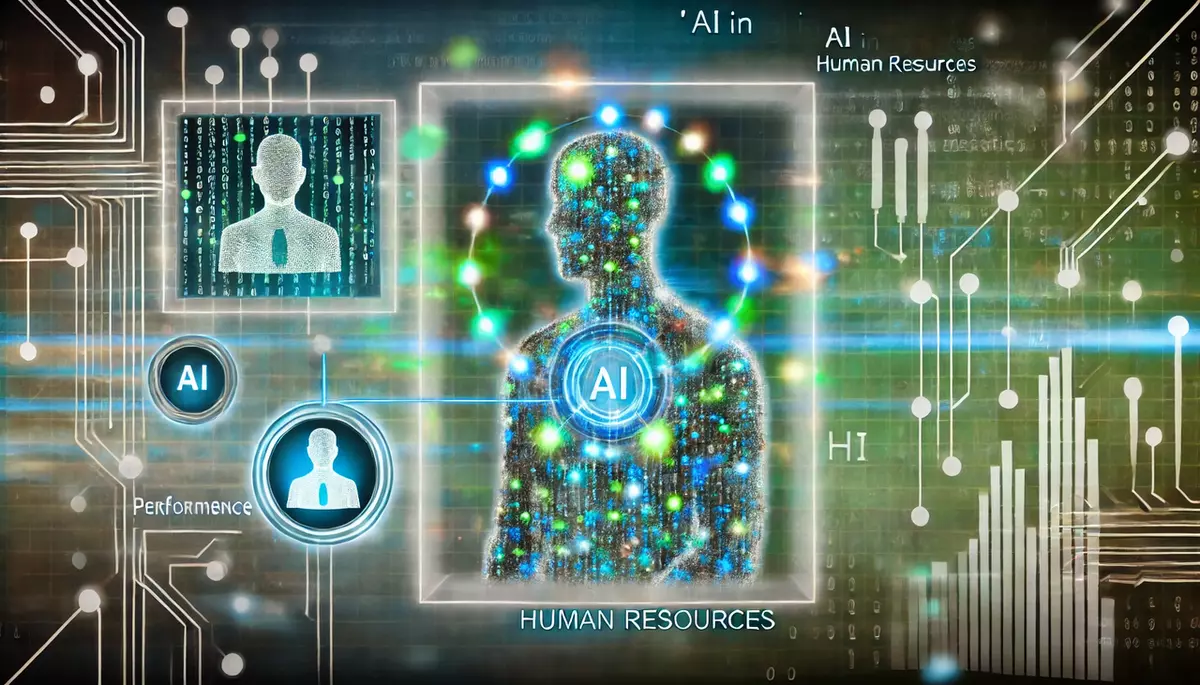Introduction
Digital twins are virtual representations of physical assets, processes, or systems that enable real-time monitoring, analysis, and optimization of their real-world counterparts. In the industrial sector, digital twins are revolutionizing the way companies design, operate, and maintain their critical infrastructure and equipment.
What are Digital Twins?
A digital twin is a dynamic, virtual model that mirrors a physical object or system. It is created using real-time data from sensors, historical data, and other sources to accurately represent the current state and behavior of the physical entity. Digital twins can be used to simulate, predict, and optimize the performance of the physical asset throughout its lifecycle.
Key Characteristics of Digital Twins:
- Synchronization: Digital twins are continuously synchronized with their physical counterparts, reflecting any changes or updates in real-time.
- Simulation: Digital twins can be used to simulate different scenarios, test changes, and optimize the performance of the physical asset without disrupting operations.
- Analytics: Digital twins leverage advanced analytics and machine learning to provide insights, predictions, and recommendations for improving the physical asset’s performance.
- Lifecycle Management: Digital twins can be used throughout the entire lifecycle of an asset, from design and development to operation and maintenance.
Industrial Applications of Digital Twins
Digital twins are being widely adopted across various industrial sectors, including manufacturing, energy, transportation, and infrastructure. Here are some of the key applications of digital twins in industrial settings:
Manufacturing:
- Product Design and Development: Digital twins can be used to simulate and test product designs, reducing the need for physical prototypes and accelerating the development process.
- Production Optimization: Digital twins of manufacturing processes and equipment can be used to identify bottlenecks, optimize production schedules, and improve overall efficiency.
- Predictive Maintenance: Digital twins can predict the remaining useful life of equipment and recommend optimal maintenance schedules, reducing downtime and maintenance costs.
Energy and Utilities:
- Asset Management: Digital twins of power plants, pipelines, and other energy infrastructure can be used to monitor, optimize, and extend the lifespan of these assets.
- Grid Optimization: Digital twins of the power grid can be used to simulate and test different scenarios, such as the integration of renewable energy sources or the impact of natural disasters, to improve grid resilience and reliability.
Transportation:
- Fleet Management: Digital twins of vehicles, aircraft, and transportation networks can be used to optimize routing, scheduling, and maintenance, improving efficiency and reducing operational costs.
- Infrastructure Monitoring: Digital twins of bridges, roads, and other transportation infrastructure can be used to monitor structural integrity, identify potential issues, and plan maintenance activities.
Infrastructure:
- Smart Cities: Digital twins of urban infrastructure, such as buildings, utilities, and transportation systems, can be used to optimize resource allocation, improve service delivery, and enhance the overall livability of cities.
- Facility Management: Digital twins of buildings and facilities can be used to monitor energy consumption, optimize operations, and plan maintenance activities, reducing costs and improving sustainability.
Benefits of Digital Twins in Industry
The adoption of digital twins in industrial settings has been driven by the significant benefits they offer, including:
- Improved Operational Efficiency: Digital twins enable real-time monitoring, optimization, and predictive maintenance, leading to reduced downtime, increased productivity, and lower operational costs.
- Enhanced Decision-Making: Digital twins provide data-driven insights and simulations that support more informed decision-making, allowing companies to anticipate and respond to changes more effectively.
- Reduced Risk: Digital twins allow companies to test and validate changes in a virtual environment, reducing the risk of costly mistakes or disruptions in the physical world.
- Increased Innovation: Digital twins enable companies to explore new product designs, manufacturing processes, and business models, fostering a culture of continuous improvement and innovation.
Challenges and Considerations
While digital twins offer significant benefits, there are also challenges and considerations that companies must address when implementing this technology:
- Data Integration and Management: Integrating data from multiple sources and maintaining the accuracy and synchronization of the digital twin can be complex and resource-intensive.
- Cybersecurity Risks: Digital twins, being connected to physical assets, can introduce new cybersecurity vulnerabilities that must be addressed to protect critical infrastructure and data.
- Organizational Readiness: Successful implementation of digital twins requires a shift in organizational culture, processes, and skills, which can be a significant challenge for some companies.
- Scalability and Interoperability: As the number of digital twins and connected devices grows, companies must ensure that the technology can scale and seamlessly integrate with existing systems and infrastructure.
Future Trends and Developments
The field of digital twins in industrial applications is rapidly evolving, and we can expect to see several exciting developments in the coming years:
- Increased Autonomy and Intelligence: Digital twins will become more autonomous, leveraging advanced analytics and machine learning to make decisions and take actions without human intervention.
- Convergence with Emerging Technologies: Digital twins will increasingly integrate with technologies such as the Internet of Things (IoT), augmented reality, and blockchain to enhance their capabilities and applications.
- Ecosystem Collaboration: Companies will collaborate to create digital twin ecosystems, enabling the sharing of data, models, and insights across the value chain for greater efficiency and innovation.
- Sustainability and Environmental Impact: Digital twins will play a crucial role in optimizing resource usage, reducing emissions, and improving the overall sustainability of industrial operations.
Conclusion
Digital twins are transforming the way industries design, operate, and maintain their critical assets and infrastructure. By providing a virtual representation of the physical world, digital twins enable companies to optimize performance, reduce risk, and drive innovation. As the technology continues to evolve, the adoption of digital twins in industrial applications is expected to accelerate, leading to significant improvements in efficiency, sustainability, and competitiveness.
This knowledge base article is provided by Fabled Sky Research, a company dedicated to exploring and disseminating information on cutting-edge technologies. For more information, please visit our website at https://fabledsky.com/.
References
- Grieves, M. (2014). Digital Twin: Manufacturing Excellence through Virtual Factory Replication. White Paper, Florida Institute of Technology.
- Tao, F., Cheng, J., Qi, Q., Zhang, M., Zhang, H., & Sui, F. (2018). Digital twin-driven product design, manufacturing and service with big data. The International Journal of Advanced Manufacturing Technology, 94(9-12), 3563-3576.
- Boschert, S., & Rosen, R. (2016). Digital twin—the simulation aspect. In Mechatronic Futures (pp. 59-74). Springer, Cham.
- Qi, Q., & Tao, F. (2018). Digital twin and big data towards smart manufacturing and industry 4.0: 360 degree comparison. IEEE Access, 6, 3585-3593.
- Kritzinger, W., Karner, M., Traar, G., Henjes, J., & Sihn, W. (2018). Digital Twin in manufacturing: A categorical literature review and classification. IFAC-PapersOnLine, 51(11), 1016-1022.



